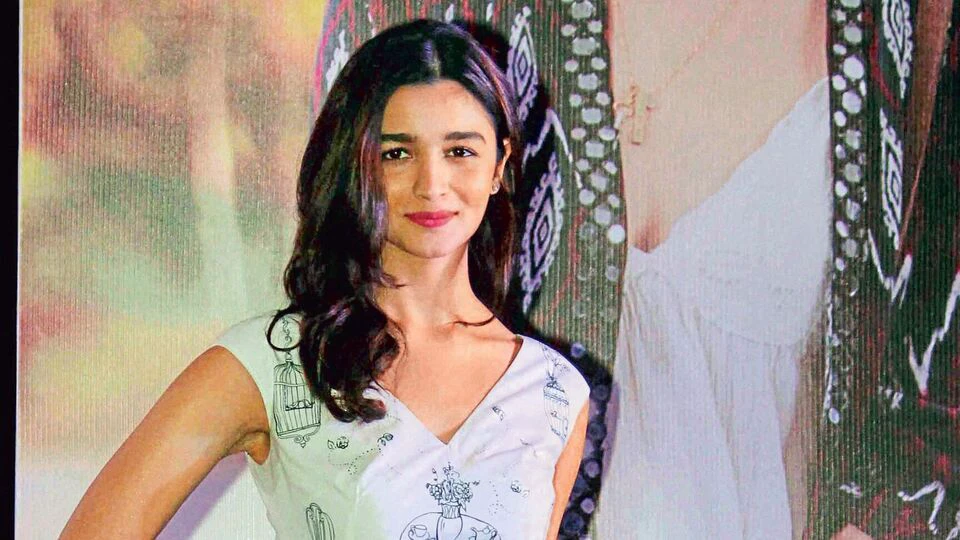They rule the red carpet, but the brand charts still tell a different story. India’s top female celebrities may be upping their endorsement game but-not surprisingly-continue to trail behind their male counterparts.
A deep dive shows the numbers are indeed changing, but just not fast enough.
The country’s top 25 celebrities, a mix of movie stars and sportspersons, amassed brand value of $2 billion in 2024, an increase of more than 8.6% from the previous year according to Kroll, an independent provider of global financial and risk advisory solutions. However, in terms of diversity, only nine women made it to the top 25 celebrities’ list, a tad of an improvement from last year, when the number was eight.
At number four, actor Alia Bhatt is India’s top ranking female celebrity with a brand value of $116.4 million. Her peer Deepika Padukone ranks seventh, with $102.9 million.
The share has largely remained unchanged over the years, and according to industry experts, a lot of this has to do with how the entertainment and sports industries, the two big feeders of celebrity equity, are structured. While both male and female sport formats have strong talent, the infrastructure, media coverage and audience scale tilt heavily towards the men’s game. Similarly, Bollywood has long celebrated the “hero” as the anchor of storytelling. That directly influences their perceived box-office pull and, in turn, their brand valuations.
“India is a Bollywood and cricket obsessed country, with most male cricketers and male actors having a huge fan following. It is imperative that they dominate the endorsements for various brands,” said Ram Kishen Y., professor of marketing and international business at KJ Somaiya Institute of Management. Bollywood has positioned male actors as long lasting and more bankable when compared to actresses, whose careers are often constrained by age and stereotypical roles, Kishen added.
Sports, especially cricket, is also male-dominated in India and the players lead the valuation tables. Further, many high-value categories such as banking, automobiles, telecom and alcohol tend to prefer male endorsers, associating them with trust, aspiration and a mass-market appeal.
George Thomas, head of marketing communications at Confluencr, an influencer marketing agency pointed out that it’s not that women celebrities aren’t famous. But valuation is about cold, hard math: endorsement fees, media mentions, follower counts and brand retention rates. “Here’s where the game gets rigged. Brands still see men as ‘safer’ and less messy. Less likely to be dragged for getting married, having kids, aging, or even speaking their mind. Risk-averse marketing teams quietly shift budgets to the guy who posted a gym selfie and said nothing else for six months,” Thomas said, adding that even when a woman has the same reach, engagement or box office numbers, she’s often paid 30-50% less per brand deal.
Is the tide turning?
That said, there are encouraging trends. While men continue to dominate the upper echelons of India’s Top 25 celebrity brand valuation lead board, commanding nearly 70% of the overall brand value in 2024, female celebrities, though a smaller portion in absolute terms, recorded a 29% surge in total brand value to $594 million, compared to just 2% growth for men.
Umakanta Panigrahi, managing director, valuation services at Kroll said female celebrities in the Top 25 expanded their brand associations from 198 in 2023 to 274 in 2024, outpacing male stars whose tally saw only a marginal rise, from 435 to 445.
On the social media front too, women pulled ahead, registering 6% follower growth, compared with just 2% for men.
Two major structural shifts are at play fueled by new technology and evolving content economics, according to industry experts.
“First, the rise of OTT platforms, which now account for over half the revenue of major films, has created an unprecedented demand for female-led narratives. This provides actresses with more screen time in powerful, nuanced roles, allowing them to build stronger and more relatable brand personas,” said Lakshya Chettri, copywriter at BC Web Wise, a digital marketing agency. Second, digital platforms themselves have empowered female celebrities to bypass traditional gatekeepers and cultivate a direct, authentic relationship with their audience. This fosters a level of trust and engagement that is a premium asset for brands, Chettri added.
Another encouraging trend is seen in the influencer and creator economy, where the balance tilts. Among influencers and creators, women often lead the charts whether in lifestyle, beauty, fashion, wellness, or even food content, according to Rajni Daswani, chief growth officer – people and business at SoCheers, a digital agency. Women creators benefit here because digital doesn’t have the same structural baggage as Bollywood or cricket, it rewards relatability and consistency over hierarchy, Daswani added.
“The real opportunity for brands and platforms lies in redefining what “mass appeal” means. It’s no longer about who shouts the loudest or has the biggest follower count; it’s about who shapes culture, drives conversation, and builds trust,” said Aadil Mehta, co-founder of Ting, a digital agency. “That’s where a more balanced and frankly more future-ready, kind of influence can emerge.”
